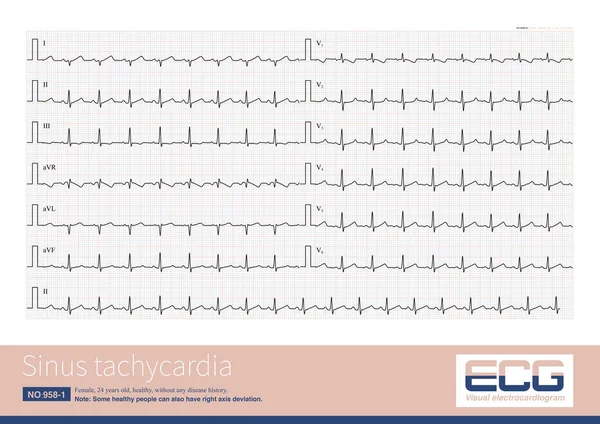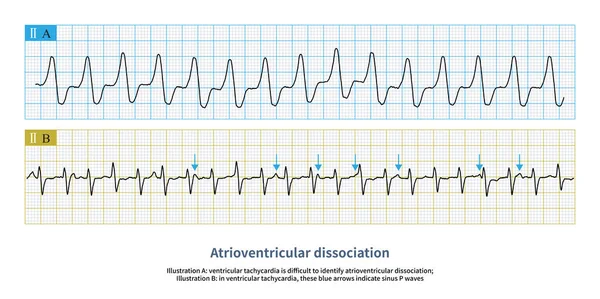Stock image During nocturnal sleep, vagus tone is elevated, and ECG may show both sinus bradycardia and first-degree atrioventricular block.

Published: May.27, 2024 09:05:44
Author: asia11m
Views: 1
Downloads: 0
File type: image / jpg
File size: 1.59 MB
Orginal size: 4000 x 1210 px
Available sizes:
Level: beginner








